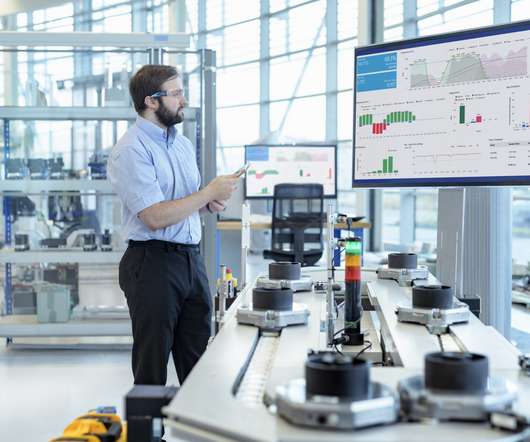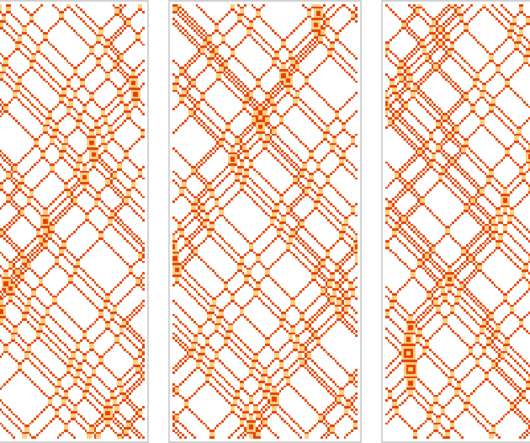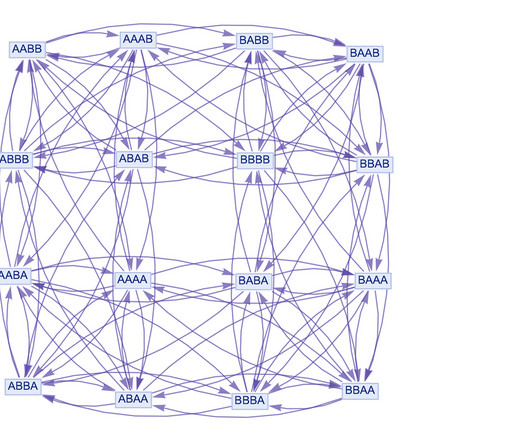Contending with the Unintended Consequences of History: Revisiting Brown v. Board of Education and the Need for Systemic Change in K-12 Education
National Science Foundation
FEBRUARY 6, 2024
Figure 1 illustrates the differences in access to STEM courses between schools with low enrollments of Black and Hispanic students versus those with high enrollments, with the most notable gaps existing in advanced mathematics, calculus, and computer science. These goals, much closer at hand than the next 140 th year celebration of Brown v.














Let's personalize your content